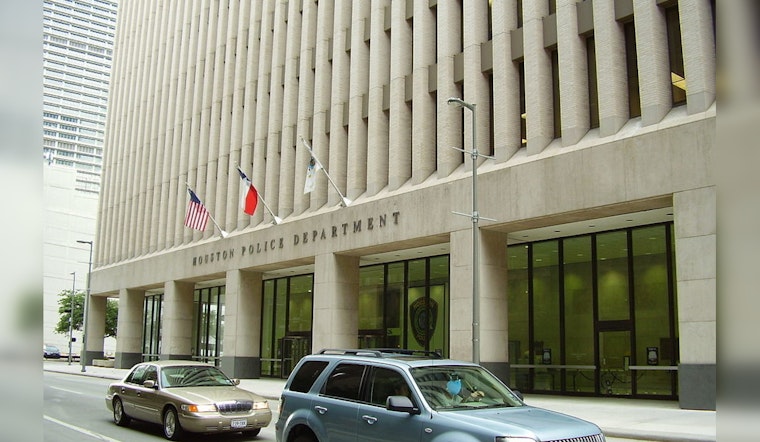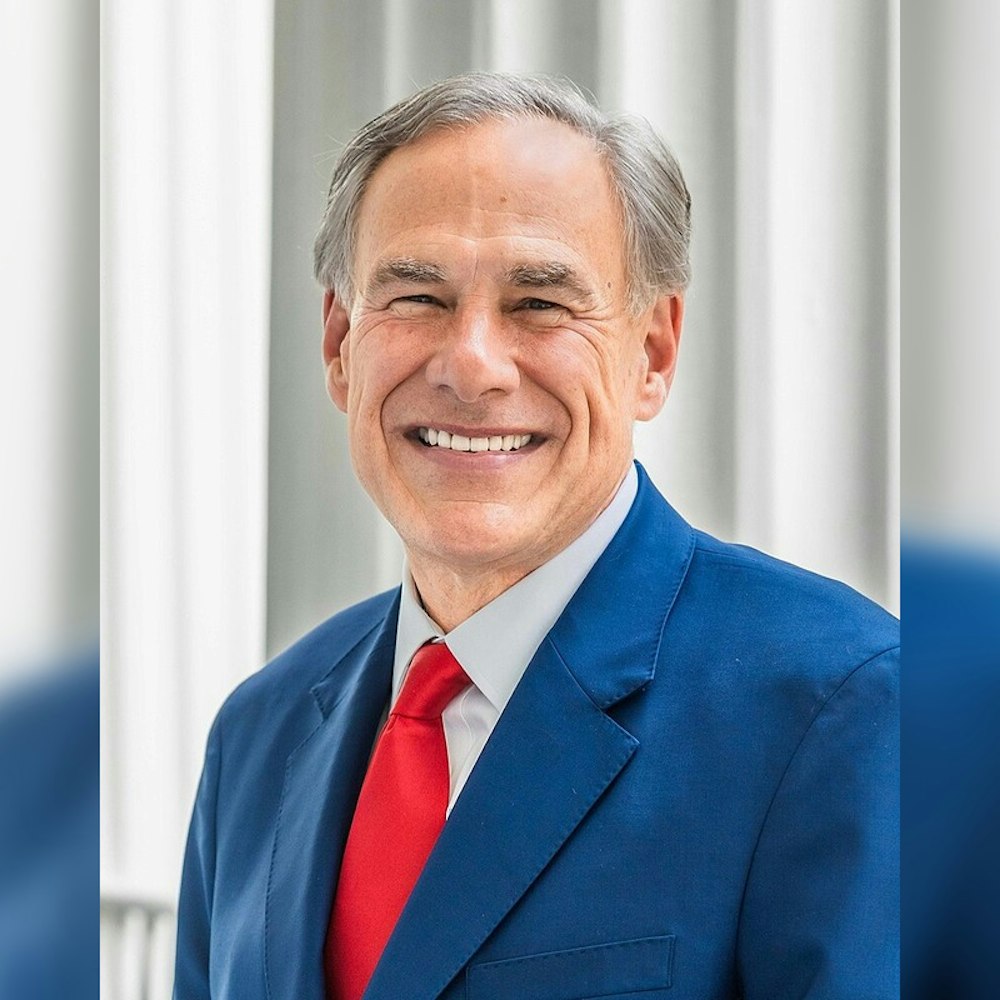
Houston is among several U.S. cities that are witnessing an unexpected downturn in violent crime for the first three months of 2024. Houston's homicides have dropped to a level not seen since before the pandemic, with the Houston Police Department reporting only 61 non-negligent homicides from January through March. This sharp 24% decrease from the previous year has given the community relief from the over 400 killings it experienced annually from 2020 through 2022, according to the Houston Chronicle.
Experts are trying, but struggling to fully understand why this trend is occurring nationwide, suggesting that crime might ebb and flow naturally in cycles. A slew of factors including improved policing post-pandemic, community prevention programs, and a renewed national debate about crime management have been cited as possible threads in this complex tapestry of crime statistics. In a profound drop, cities like Boston have seen an 82 percent decrease in homicides, while Philadelphia reported a 37 percent decline, challenging the pervasive notion that major cities are synonymous with rampant violent crime, CW39 reports.
Houston Mayor John Whitmire, who inherited the initiative One Safe Houston from his predecessor Sylvester Turner, is now looking to bolster the police ranks which have thinned over recent years. Despite the trend, violent crimes have remained a political hot potato in Houston's civic discourse. Even as Houston's overall violent crime rates dip, public scrutiny of the police department's self-reporting remains, especially following an investigation into suspended incident reports dating back to 2016, as the Houston Chronicle highlights.
Across the nation, debate is intensifying over the exact causes of the downward trajectory in homicide rates. Some experts like Jeffrey Fagan of Columbia University, in a statement obtained by CW39, “I think there’s something natural in this cyclical nature of homicide and violence. One of the distinguishing features of what happened in the most recent period was that it had to do with murder more so than with other violent crimes. Other violent crimes rose but not nearly to the same extent as murder,” However, others like Andrea Headley from Georgetown University suggest that recent federal investments, such as the American Rescue Plan and the bipartisan gun safety law, have been instrumental in aiding this downtrend. Despite this ongoing debate, the fact remains that an all-encompassing strategy addressing community safety from myriad angles has never before been pursued with such scale or focus.
Voters, with crime typically high on their agenda, may have to reassess the issue's prominence in the upcoming November election. The shifting landscape of crime rates is not likely to go unnoticed by the public. Yet, it is still too soon to determine the net effect of various federal and local measures in play and what exactly is moving the needle. With the election looming, the direction of public discourse will inevitably hinge upon unfolding crime statistics, as political camps marshal their forces to either credit themselves or blame opponents for past trends and future outlooks, CW39 indicates.









